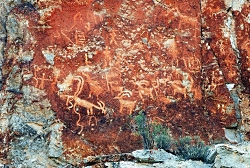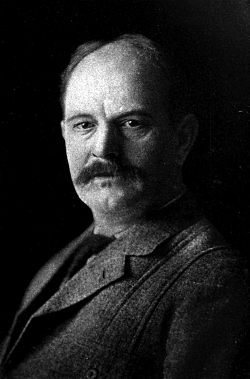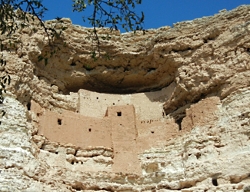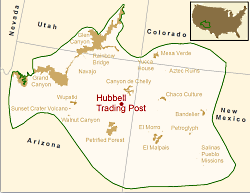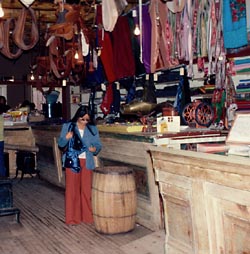
Coyote Pups
on the Malheur National Wildlife Refuge
Courtesy US FWS
This morning I spent some time skiing up Smithfield Canyon in the Uintah Wasatch Cache National Forest. Growing up in Michigan where public land was hard to come by, I have come to enjoy our “commons” where I’m not trespassing on posted private land, or required to pay a fee before entering.
With the Oregon Bundy-Hammond event taking center stage, it has forced me to do some reflecting on what is right and what is wrong regarding our public lands.
To begin with, I’m biased in two ways- both for the land and for the ranching culture- I have deep affection for both. In my 11 seasons as a Wilderness Ranger for the Logan Ranger District of the USFS and 6 seasons with the National Park Service, I have become well aware of how our public lands are managed- the good, bad, and the ugly. On our national forest the primary issue I was confronted with was livestock grazing. The damage done by cattle and sheep was significant, plus predator control seriously interfered with how natural systems operate in balancing herbivores with their forage supply. Health of the land was always of paramount concern, but due to forest managers having very limited resources, best practices for maintaining healthy ecosystems and watersheds was compromised.
Regarding the livestock industry, it excites me to see real cowboys on horseback rounding up their animals- the romance of the west. I would love to join them. Conflicting with these feelings is my relief that the land will begin to heal from damage that often occurs when utilizing sensitive areas unsuitable for these animals, especially in large, concentrated numbers. And as a back country recreationist, I prefer elk, moose, and mountain sheep, to domestic stock and the artificiality they represent.
There are many examples of ranchers that manage their livestock well, and place them where little damage occurs. There are even ranchers who are willing to sacrifice some of their animals who realize the value of large predators in maintaining healthy ecosystems.
Do I support the Bundy takeover, or the Hammonds who violated the Bureau of Land Management laws in numerous instances? A resounding “NO!” in both cases. But I do wish them well in finding a way to maintain their ranching operations- perhaps by adding eco and/or cultural tourism or renewable energy options to provide additional income. Recreation and tourism has become our largest industry, contributing billions to the economy. More recently, renewable energy has manifested astronomical growth in the forms of geothermal, wind, and solar. Further, well managed rangelands can help remove, or sequester, carbon dioxide from the atmosphere- another potential market.
In the end, I wish both well- restoring health and access to our public lands; and preserving a flourishing ranching culture.
This is Jack Greene for Wild About Utah.
Credits:
Image: Courtesy US FWS
Text: Jack Greene, Bridgerland Audubon Society
Additional Reading:
Kaste, Martin, NPR Around the Nation, Armed Protesters Occupy Malheur National Wildlife Refuge Center In Oregon, https://www.npr.org/2016/01/04/461944981/armed-protesters-occupy-malheur-national-wildlife-refuge-center-in-oregon
Siegler, Kirk, NPR America, Who Will Blink First? Armed Occupation In Oregon Drags On, https://www.npr.org/sections/thetwo-way/2016/01/12/462813360/who-will-blink-first-armed-occupation-in-oregon-drags-on

